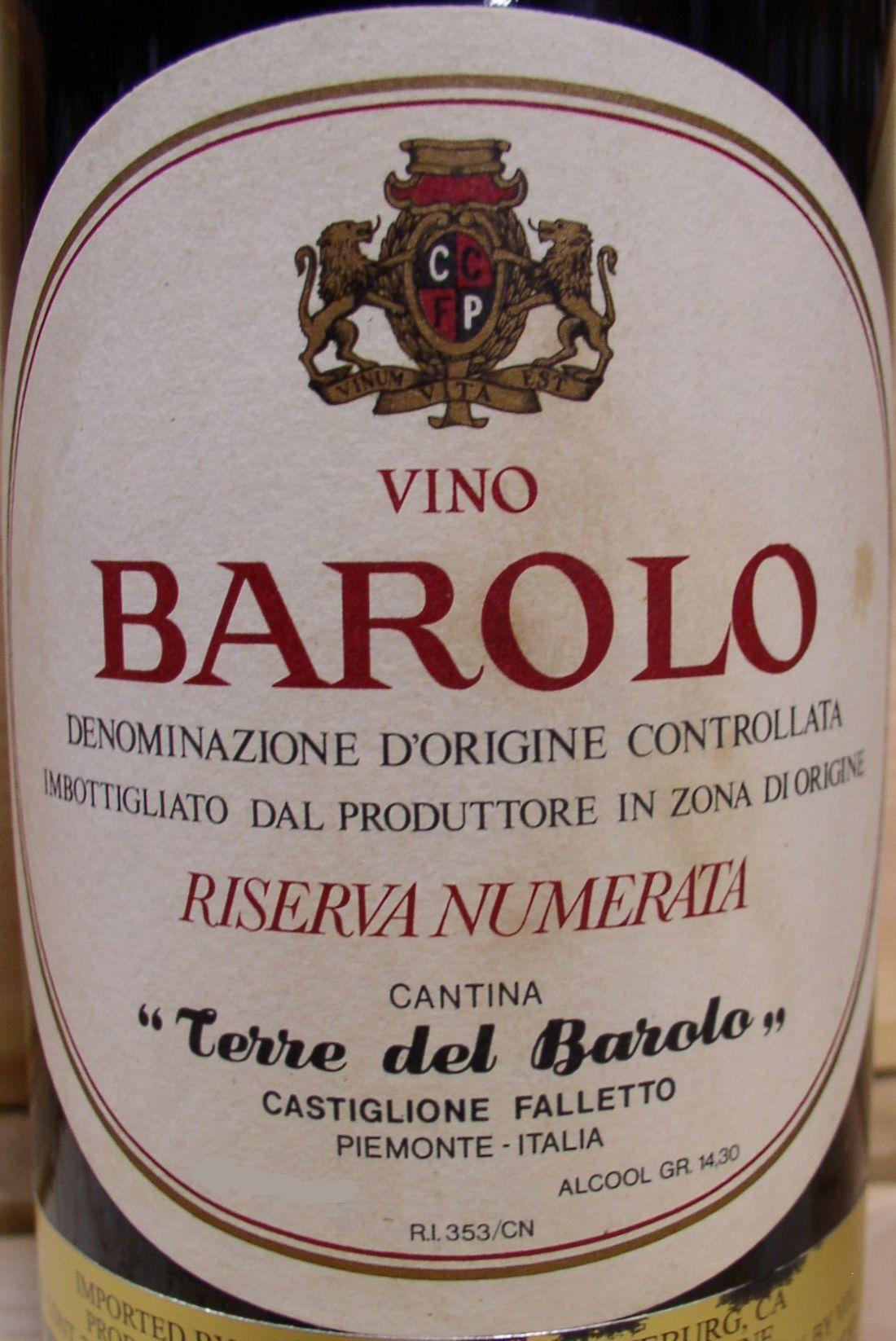1971 Barolo Red Blend
The Terre Del Barolo Riserva Numerata from the esteemed Barolo region showcases a captivating red hue indicative of its aging potential. A blend of high-quality grapes harvested from this historic winegrowing area, this vintage exudes complexity and depth. The wine presents a full-bodied experience with a pronounced acidity that harmonizes beautifully with its robust structure. The tannins are firm yet refined, offering a wonderful backbone that supports the luscious fruit intensity prevalent on the palate. Notes of dark cherry, leather, and subtle spices emerge, reflecting the terroir's heritage. This wine is impeccably balanced, making it an extraordinary choice for collectors and enthusiasts alike. The dryness of this blend accentuates its rich character, ensuring a delightful finish that lingers gracefully.
The Terre Del Barolo Riserva Numerata from the esteemed Barolo region showcases a captivating red hue indicative of its aging potential. A blend of high-quality grapes harvested from this historic winegrowing area, this vintage exudes complexity and depth. The wine presents a full-bodied experience with a pronounced acidity that harmonizes beautifully with its robust structure. The tannins are firm yet refined, offering a wonderful backbone that supports the luscious fruit intensity prevalent on the palate. Notes of dark cherry, leather, and subtle spices emerge, reflecting the terroir's heritage. This wine is impeccably balanced, making it an extraordinary choice for collectors and enthusiasts alike. The dryness of this blend accentuates its rich character, ensuring a delightful finish that lingers gracefully.




